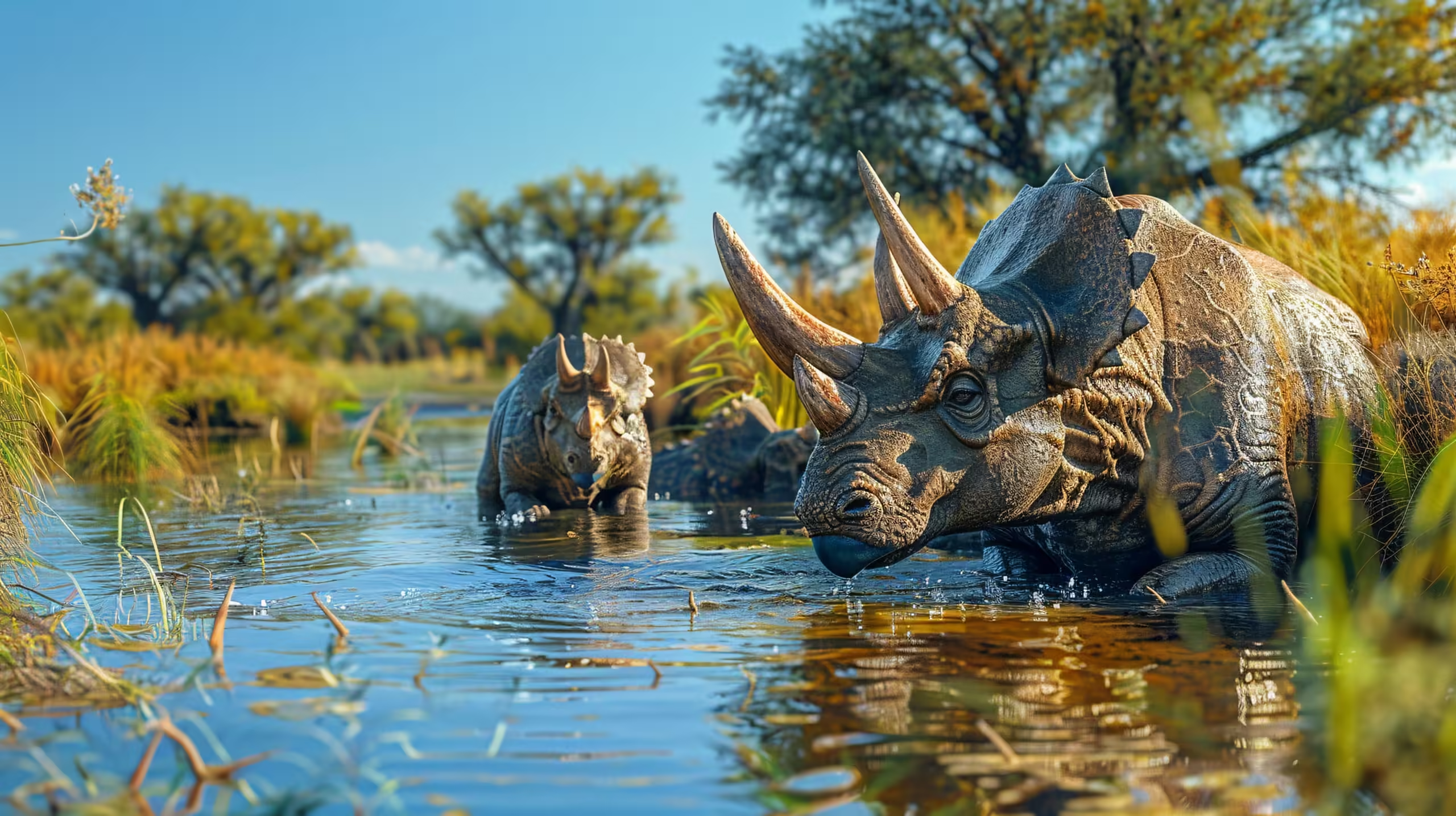
Samburu National Reserve: A Hidden Gem in Kenya’s Wilderness
Samburu National Reserve, located in northern Kenya, is one of the country’s lesser-known but incredibly scenic wildlife destinations. Covering an area of 165 square kilometers, the reserve is home to rare and unique wildlife species, breathtaking landscapes, and a rich cultural heritage. Samburu’s dry, rugged terrain provides a striking contrast to Kenya’s more well-known parks and offers visitors an unforgettable safari experience.
Why Visit Samburu National Reserve?
Samburu is famous for its special five – unique species that are rarely found in other parks: Grevy’s zebra, reticulated giraffe, Beisa oryx, Somali ostrich, and the Gerenuk (a long-necked antelope). In addition to these rare species, Samburu offers the chance to see the big cats (lions, leopards, cheetahs), elephants, and an array of birdlife.
The Ewaso Ng’iro River flows through the reserve, providing a year-round water source that attracts wildlife, making it an ideal location for game viewing, even during the dry season. The rugged beauty of Samburu, combined with fewer visitors than more popular parks, creates a more intimate safari experience.
Location:
- Country: Kenya
- Distance from Nairobi: 350 km (approximately 6-7 hours by road or 1-hour flight).
- Nearest Town: Archer’s Post, 15 km from the reserve gate.
- Airstrip: Samburu Oryx Airstrip, with regular flights from Nairobi’s Wilson Airport.
- Proximity to Other Parks: Close to Buffalo Springs and Shaba National Reserves.
Best Time to Visit
The best time to visit Samburu National Reserve is during the dry seasons, which occur from June to October and January to February. These months provide excellent game viewing as animals gather around the river and waterholes. The hot, dry conditions also mean fewer insects and clearer skies for photography.
Visiting during the rainy season (March to May and November to December) offers a different experience. The reserve becomes greener and more vibrant, but some areas may be difficult to access due to muddy roads. Birdwatching is particularly rewarding during the rainy season, with migratory species adding to the reserve’s birdlife.
Wildlife in Samburu National Reserve
Samburu is home to a diverse range of wildlife, including:
- Special Five: Grevy’s zebra, reticulated giraffe, Beisa oryx, Somali ostrich, and Gerenuk.
- Big Cats: Samburu is a great place to spot lions, leopards, and cheetahs in action.
- Elephants: Large herds of elephants are frequently seen, often cooling off in the Ewaso Ng’iro River.
- Crocodiles and Hippos: The river is also home to crocodiles and hippos.
- Birdlife: Samburu is a birdwatcher’s paradise, with over 450 species recorded, including the vulturine guineafowl and pygmy falcons.
Lodges and Hotels Near Samburu National Reserve
For a comfortable stay near the reserve, here are some top lodges and hotels:
1. Saruni Samburu
Located in a private conservancy, Saruni Samburu offers stunning views of the surrounding wilderness. This luxury lodge provides an exclusive safari experience with personalized service and access to wildlife.
2. Samburu Intrepids Camp
Set along the banks of the Ewaso Ng’iro River, Samburu Intrepids Camp offers luxury tented accommodation. It’s a perfect choice for travelers seeking an immersive safari experience with top-notch amenities.
3. Elephant Bedroom Camp
As the name suggests, Elephant Bedroom Camp is known for its frequent elephant visitors. Located along the river, this intimate camp provides comfortable tented rooms with stunning views.
4. Samburu Simba Lodge
For a more budget-friendly option, Samburu Simba Lodge offers great value with spacious rooms and views over the plains. It’s a great base for exploring the reserve.
Other Activities in and Around Samburu National Reserve
In addition to game drives, Samburu offers several unique activities that will enhance your experience:
1. Cultural Visits with the Samburu People
Learn about the Samburu group, a semi-nomadic pastoralist community closely related to the Maasai. Cultural visits to local villages give you the chance to experience their traditional way of life, from herding livestock to practicing ancient customs.
2. Guided Nature Walks
Explore Samburu on foot with a guided nature walk. This allows you to observe the park’s smaller animals, birds, and plant life up close, gaining a deeper understanding of the ecosystem.
3. Camel Safaris
For a truly unique adventure, embark on a camel safari. Camels have been used by the Samburu people for centuries, and these guided safaris provide a different perspective on the landscape.
Final Thoughts
Samburu National Reserve is an incredible destination for those looking to experience Kenya’s diverse wildlife in a more remote and peaceful setting. The combination of its unique species, breathtaking landscapes, and rich cultural experiences makes it a must-visit for safari enthusiasts. Whether you’re staying in a luxury lodge or a comfortable tented camp, Samburu promises an unforgettable adventure.
Other Things You May Like
If you enjoyed reading about Samburu, here are other reserves and parks in Kenya you might like to explore:
- Amboseli National Park
- Tsavo East National Park
- Laikipia Plateau
- Shaba National Reserve
- Maasai Mara National Reserve
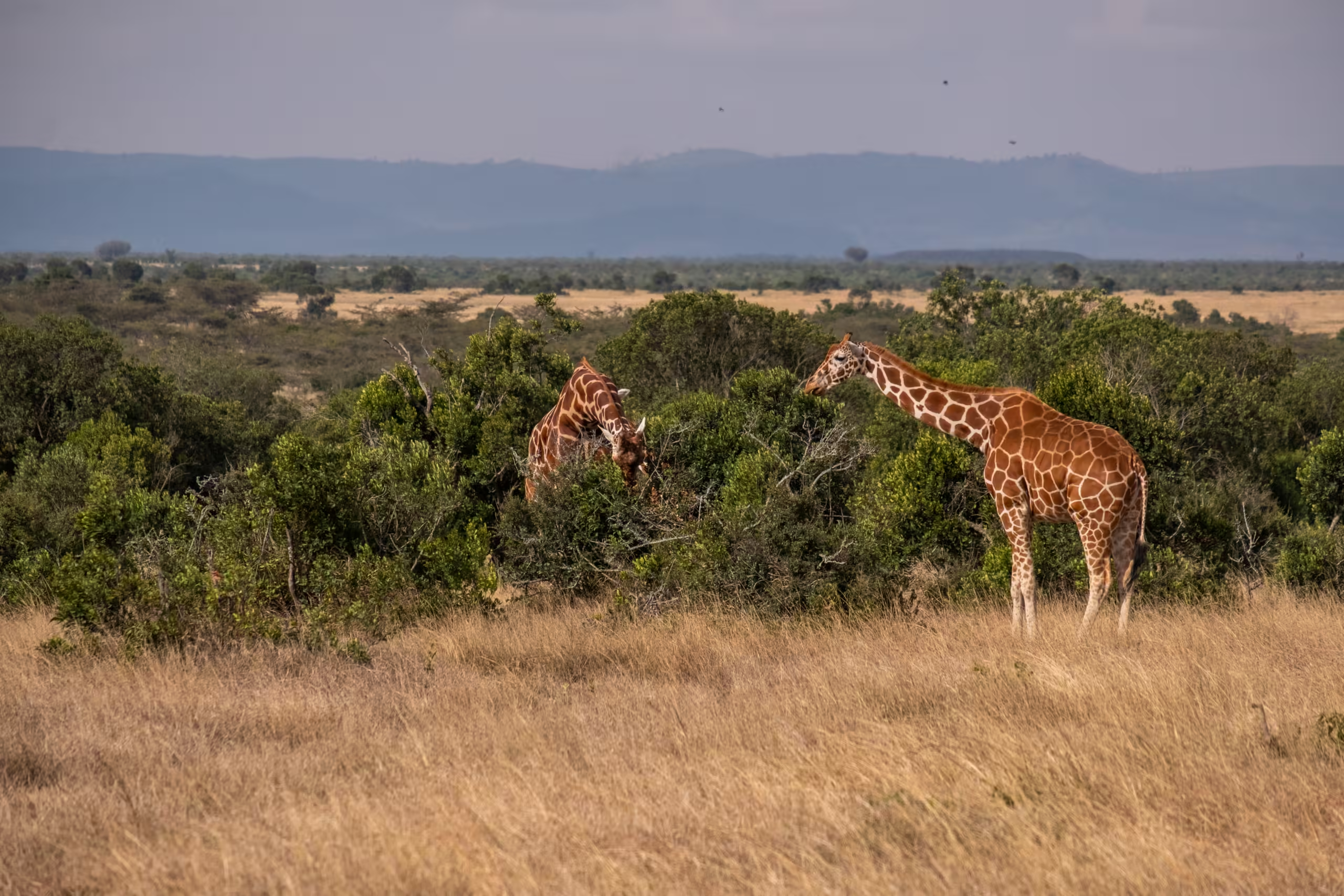
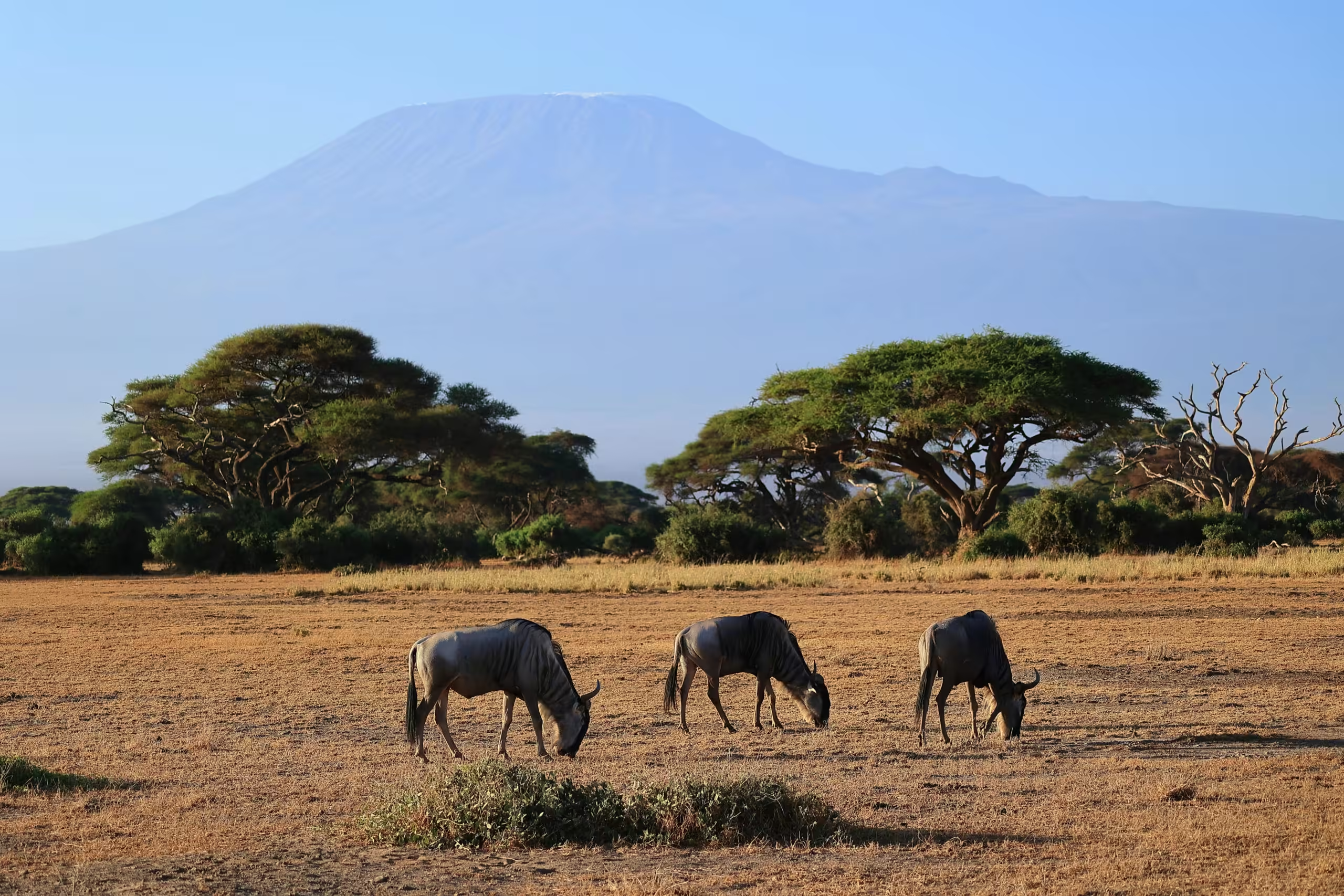
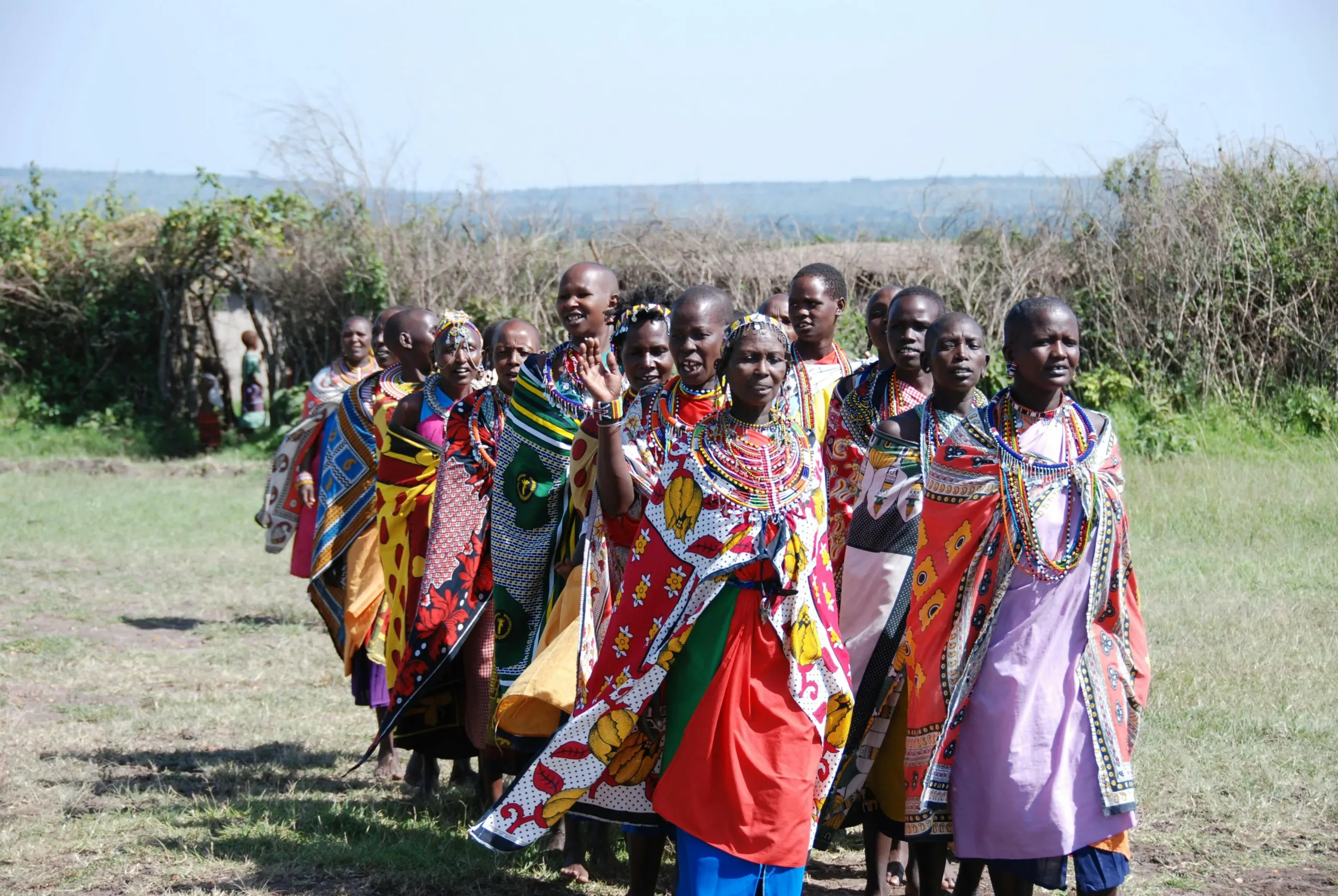
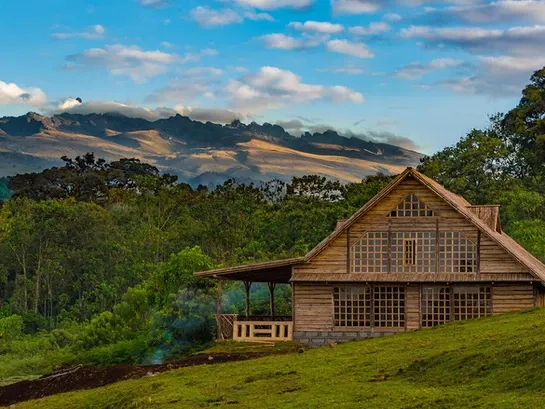
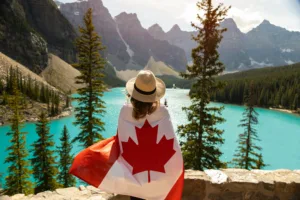

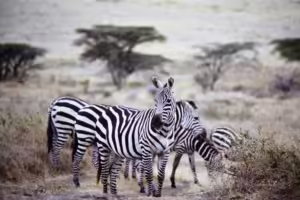
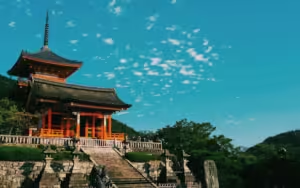



2 Comments